-
Bestseller
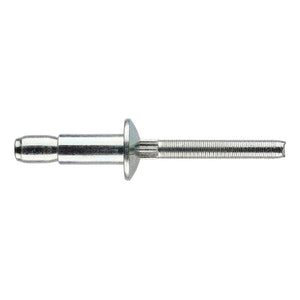 Vendor:RivetLab
Vendor:RivetLab6.4mm Rivlok® Structural Rivets Steel SRDR-0806 - Grip Range: 2.0-9.5mm
Regular price From $30.25 AUDRegular price -
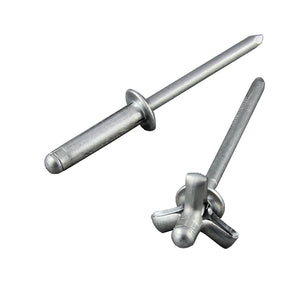 Vendor:RivetLab
Vendor:RivetLab4.8mm Bulb-Lite Tri-fold Rivets Aluminium RV-BB48240D - Grip Range: 4.0-12.0mm
Regular price From $17.60 AUDRegular price -
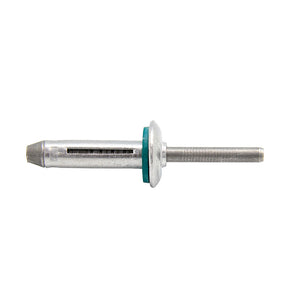 Vendor:RivetLab
Vendor:RivetLab7.7mm BT Tri-fold Rivets Aluminium BT05-0906W - Grip Range: 1.1-9.5mm
Regular price From $53.90 AUDRegular price -
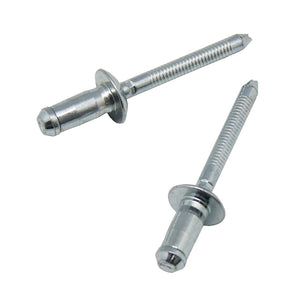 Vendor:RivetLab
Vendor:RivetLab4.8mm Bulblok® Structural Rivets Steel BLDRC-0611 - Grip Range: 1.5-3.5mm
Regular price From $9.35 AUDRegular price -
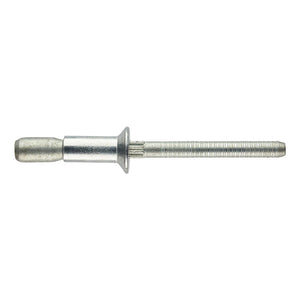 Vendor:RivetLab
Vendor:RivetLab4.8mm Rivlok® Structural Rivets Steel SR100-R605 - Grip Range: 3.2-8.0mm
Regular price From $27.50 AUDRegular price -
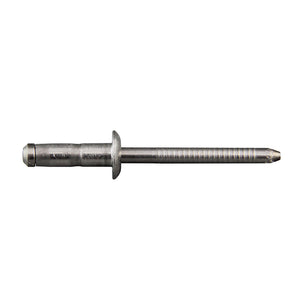 Vendor:RivetLab
Vendor:RivetLab4.8mm Bulblok® Structural Rivets Stainless Steel AVMI-0618 - Grip Range: 6.0-8.5mm
Regular price From $41.25 AUDRegular price -
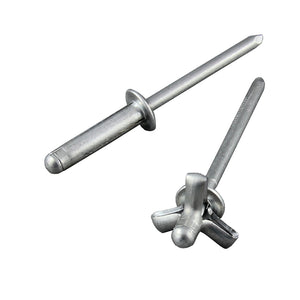 Vendor:RivetLab
Vendor:RivetLab4.8mm Bulb-Lite Tri-fold Rivets Aluminium RV-BB48205D - Grip Range: 1.0-9.0mm
Regular price From $15.40 AUDRegular price -
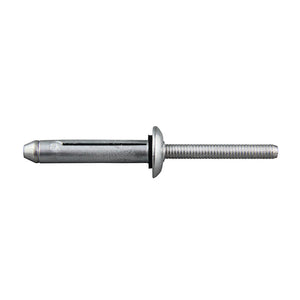 Vendor:RivetLab
Vendor:RivetLab6.4mm BT Tri-fold Rivets Steel BT76-0810W - Grip Range: 9.5-15.9mm
Regular price From $49.50 AUDRegular price -
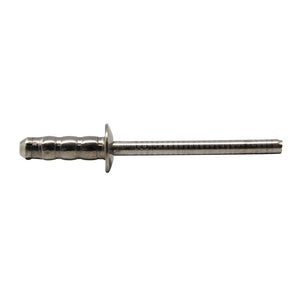 Vendor:RivetLab
Vendor:RivetLab4.8mm Multigrip Rivets Stainless Steel AVSS-0618 - Grip Range: 1.0-9.0mm
Regular price From $30.25 AUDRegular price -
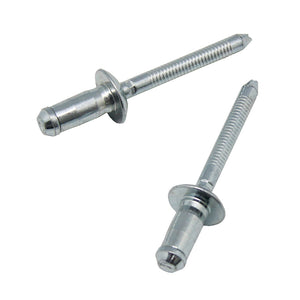 Vendor:RivetLab
Vendor:RivetLab6.4mm Bulblok® Structural Rivets Steel BLDRC-08145XG - Grip Range: 5.0-9.0mm
Regular price From $37.40 AUDRegular price -
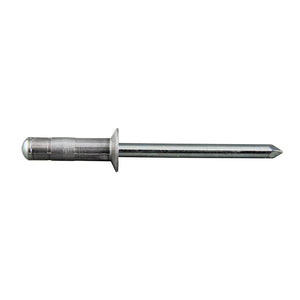 Vendor:RivetLab
Vendor:RivetLab4.0mm Multigrip Rivets Aluminium AV04-0514 - Grip Range: 2.8-7.9mm
Regular price From $5.50 AUDRegular price -
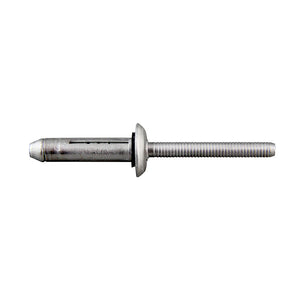 Vendor:RivetLab
Vendor:RivetLab6.4mm BT Tri-fold Rivets Aluminium BT06-0804W - Grip Range: 1.0-6.4mm
Regular price From $46.75 AUDRegular price -
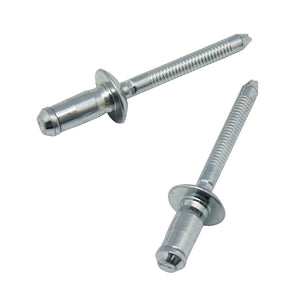 Vendor:RivetLab
Vendor:RivetLab6.4mm Bulblok® Structural Rivets Steel BLDRC-08165XG - Grip Range: 8.0-13.0mm
Regular price From $39.60 AUDRegular price -
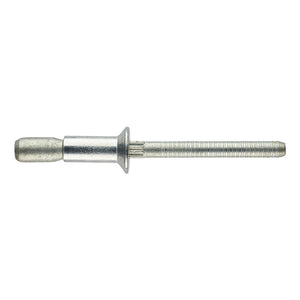 Vendor:RivetLab
Vendor:RivetLab6.4mm Rivlok® Structural Rivets Steel SR100-R807 - Grip Range: 3.2-11.1mm
Regular price From $35.75 AUDRegular price -
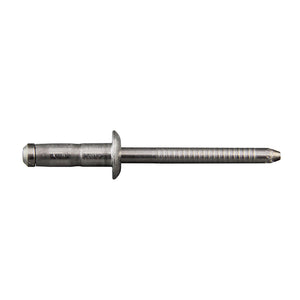 Vendor:RivetLab
Vendor:RivetLab4.8mm Bulblok® Structural Rivets Stainless Steel AVMI-0611 - Grip Range: 1.5-3.5mm
Regular price From $39.05 AUDRegular price -
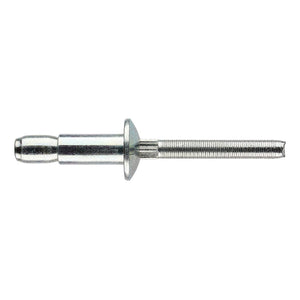 Vendor:RivetLab
Vendor:RivetLab4.8mm Rivlok® Structural Rivets Steel SRDR-0607XG - Grip Range: 1.6-11.1mm
Regular price From $27.50 AUDRegular price
Wholesale Pricing and Stock Availability
RivetLab offers top-quality products at wholesale prices without cutting corners on quality. We keep a substantial stock on hand for your convenience. You may purchase online and receive discounts of up to 40% off the retail price.
Please contact our sales team if you are a re-seller and need a larger amount. We will do our best to meet your budget and discuss delivery terms with you.
POP® vs. Huck®
POP® is a trademark of Stanley Engineered Fastening, known for its original blind rivets. The term 'POP rivet' now refers to similar designs from different brands. It originates from the "pop" sound made when the mandrel breaks during installation.
Huck® rivets, made by Howmet Fastening Systems, are structural fasteners. People often refer to them as Magna-Lok®, HuckLok®, or Magna-Bulb®. They are great for high-shear applications and perform well under vibration and moisture.
Both brands represent permanent mechanical fasteners. You can install them from one side of the workpiece. They create a strong joint that resists vibration and corrosion well.
What are the applications of a rivet?
Manufacturers make rivets for permanent fastening. They work well with many materials, including plastic, metal, wood, and carbon fibre. Therefore, various industries, such as aerospace, automotive, agriculture, HVAC, and electronic devices, can use them.
Installation Guide
To install pop rivets, you can use different types of riveting tools based on the power source. These include a manual tool, a battery-powered tool, or an air-powered riveting gun. The installation process is as follows:
- Check the specifications of the rivet you are installing. Select a drill bit that corresponds to the hole size. For this information, refer to the fastener's data sheet.
- Drill a hole through the materials that you will join.
- Insert the mandrel into the tool. Make sure you have the correct nosepiece fitted.
- Insert the rivet body part into the pre-drilled hole.
- Press the trigger to activate the tool. The tool's jaw mechanism grips and pulls the mandrel through the body and breaks the mandrel when the rivet sets.
Always wear safety glasses to protect your eyes. They guard against debris like flying fragments or metal shavings during installation.
How do you remove pop rivets?
Manufacturers design blind pop rivets to create a lasting hold between materials. However, you can remove rivets by following these steps:
- Use a pin punch to remove the mandrel.
- Choose a drill bit to match the diameter of the installed rivet.
- Drill through the head of the rivet to remove the body and, in turn, remove the head.
What should you consider when selecting the most suitable rivet?
Many types of rivets are available. Choosing the right one for your job requires understanding their basics.
- Grip range - The thickness of material a rivet can effectively join. Grip range is one of the major elements to consider.
- Hole size - Always prepare the hole size according to the manufacturer's specifications to ensure the fastener's performance. Typically, the hole size is slightly larger than the rivet diameter.
- Material - Pick the correct material for both sides of the workpiece to avoid galvanic corrosion. For example, you may use a stainless steel fastener for an aluminium workpiece, but not the other way around. Using the same material fasteners as the workpiece is always safe.
- Flange - There are many flange options available, both shape and size-sise. Pick the most suitable flange for your application.
- Strength - Always check the shear and tensile strength, especially for some critical applications.
Reach out to our friendly sales team for expert help in choosing the right fastener for your projects. You can also check out our blog post "Five Elements to Consider When Selecting the Most Suitable Rivets" for helpful tips.


















